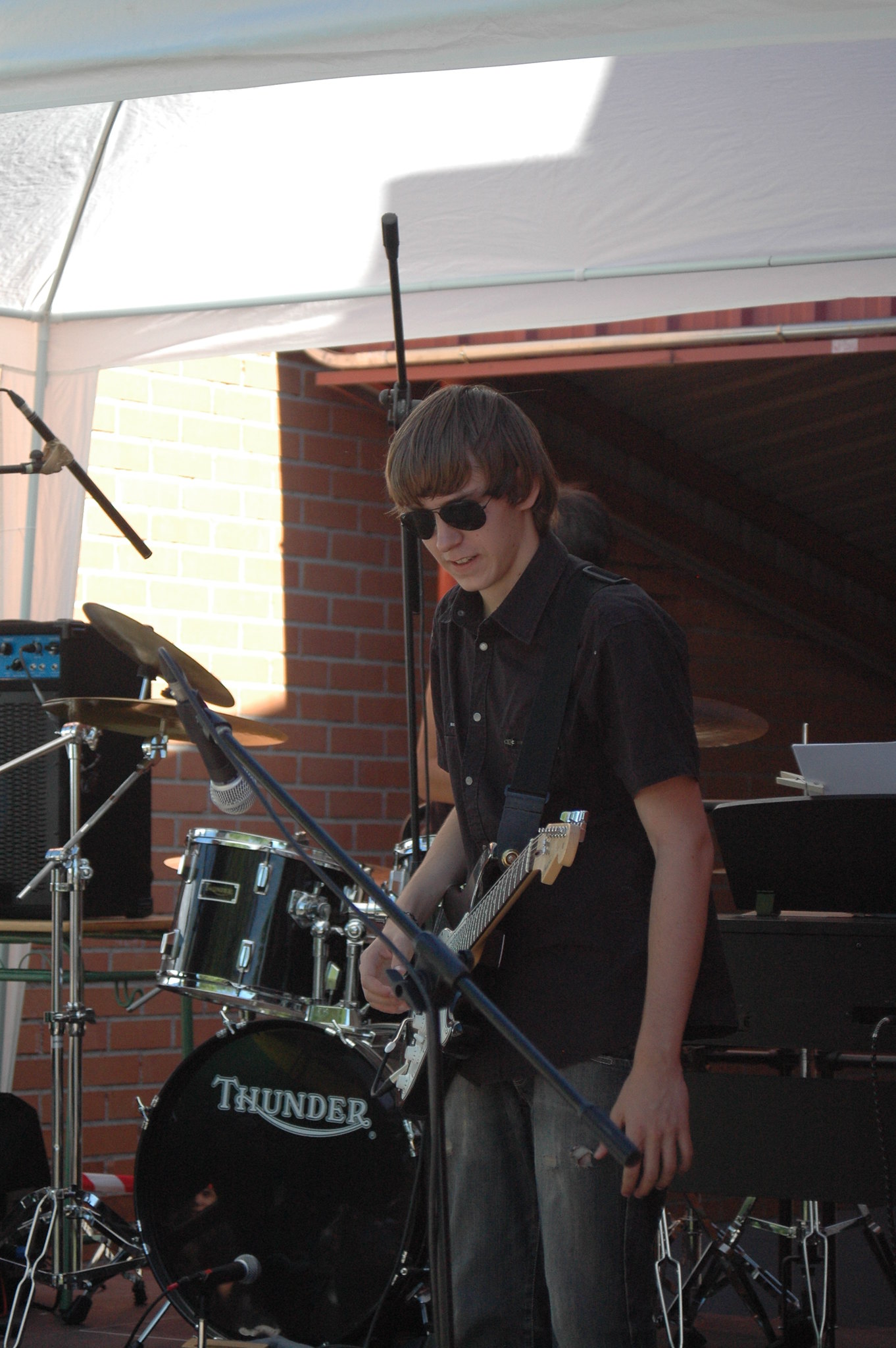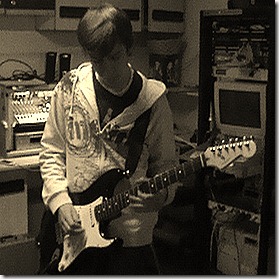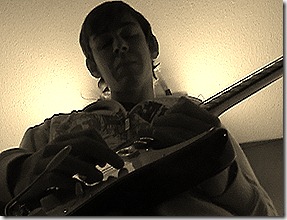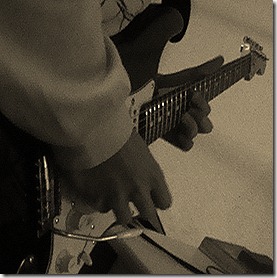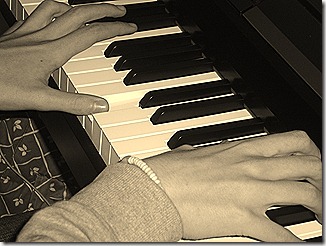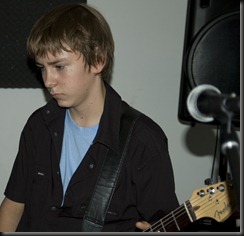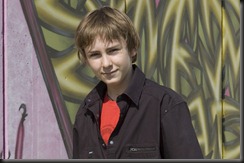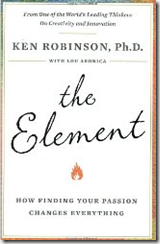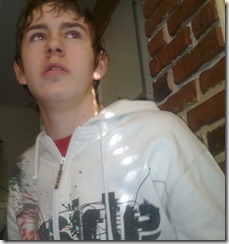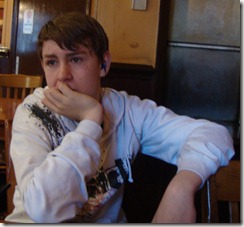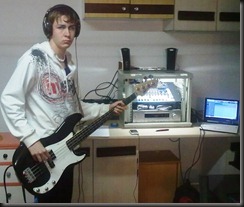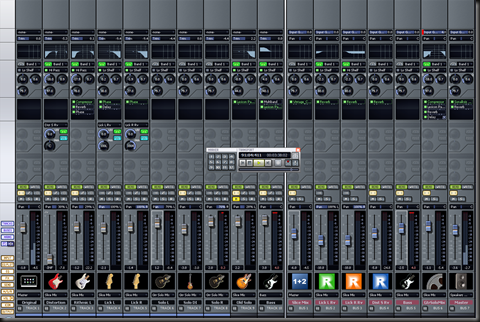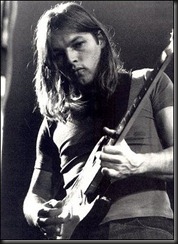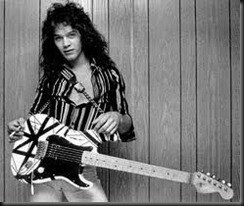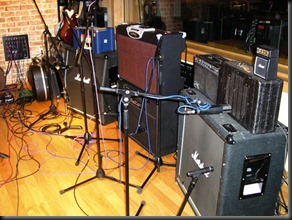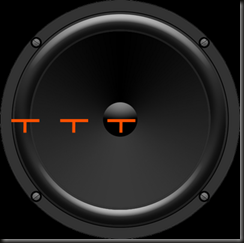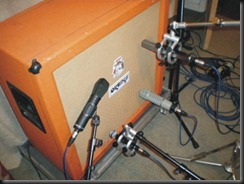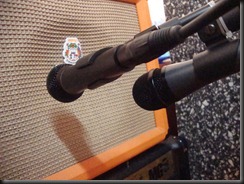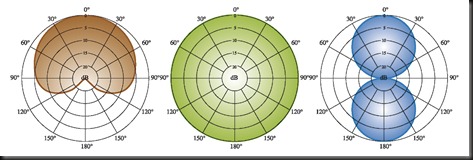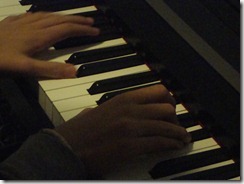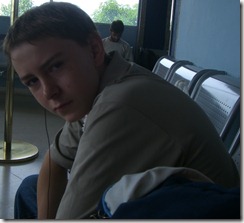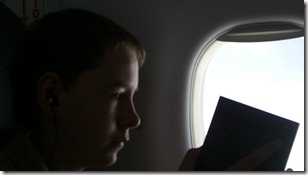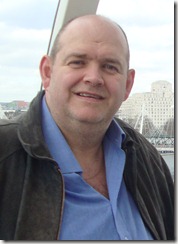In the past weeks, Slice has done great progress with the recording, he has laid down most the electric guitars and bass tracks for the STW project. The process has not been an easy walk through the woods, we have had to go over and over again with some tracks to get them nailed or as close to perfect as possible, well lets say the best possible performance that we could reach.
In the mean time I have not been idle, my attention has been on mixing all week long, there is a ton of material to put together.
The way we are doing this, is certainly not the standard procedure, for obvious reason it is not the most efficient way to get it done. In our discharge I must say that we do have some very highly imposed constraints, that force us into this manner of proceeding. Usually in the music business the recording of tracks for a record or a song will be done at the beginning before mixing, and in a short time frame, well at least the main tracks, usually when this is completed everything is ready and the mixing can start. This is the ideal scenario with no doubt, but we are far from this possibility in the STW Project. Slice is only available to record on weekend mornings (due to school, and other youth duties), so only so much can get done with this time limitation. He does have the entire week ahead for him to get all rehearsing of what he is going to record in the weekend, this normally makes recording very smooth, even so, while getting the perfect take and sound are everyday challenges that consume time, time that can not be spared. This leaves us with between 4 and 8 tracks per day and not much more that 10 per weekend on a good one. Just as a reminder the STW is a project where Slice will be doing over 140 separate tracks.
All the track’s are parts of individual instrumental pieces from different songs, we don’t record one song top to bottom in a consecutive session, on one week he will lay down the rhythmic guitar to a given song and the solo will be laid down two or three weeks later, the bass maybe another three or four weeks further back, it can take even longer to add piano or acoustic guitar. We have songs that have may have as few as two tracks or as many as five or eight to be recorded, meaning that wont have them complete for another two months yet. Among the different reasons for doing it like this are, first we need to rearrange the room when we change between instruments, the limited room acoustics need to be setup, and that has to be done with some time and planning, Secondly Slice is borrowing some of the instruments form some friends, This means that he need to schedule all parts with that instrument into a fixed agenda, so he plans the rehearsing and recording with this in mind. The consequence being that the tracks I can start working with are a mixture and only a partial part of the material I need to get a finished result.
Given this situation, ¿how do I work on it? ¿What can I do to to move ahead with the mixing? Well there is one advantage to working on Cover songs with the original recording as a backing track. You can fit in, one part at a time and work on the individual contexts of each instrument and how it merges with the original song. This provides a benefit giving me a chance to, massage each instrument individually and make sure it sits in at the best place with the original while giving it’s best as a cover part. It is like mixing that instrument as the last one, I will eventually pull all the cover tracks up and listen to the full mix, but to start I work on the individual instruments, making space and accommodating them in the picture. When everything is there I star with the full mix I usually do the initial accommodation with all the tracks and the original keeping a fair amount of volume on the original to maintain it’ as a reference for the mix, then when I feel that everything is square, I bring the original volume down to see if the covered instruments sit in well in unison. I trim volumes and all the automations here so that I feel I have as close enough a cover as possible to the original. I usually solo Slice’s tracks to make sure there is no hidden bugs or stuff. If the mix of the covered instruments sounds good It will merge well with the original. and that is my final stage. I pull the original back up and write the automation for the original track I usually bring the original down 3 to 4db while there is a cover part playing but bring it back up to unity if there is no content recorded by Slice, I try to give the mix a uniform volume as much as possible with the limitation that Slice’s covered parts do stick out over the original so that they can be heard and distinguished on the videos.
As a final thought, we are working from the inside out, putting the main parts that Slice will be covering in first. The first to go in is obviously always the original song, on top of this we start building our music, using the foundation of the master piece as a guide. It does help but it also means that you have to be extra careful, any mistake or difference gets magnified you are put up against the master and there is little room for fiasco, you need to focus and find the details and breath on them, find the energy and transmit it on the cover, feel the music and reflect it as your own as much as possible without damaging the original.
Slice makes covers of music he like, musicians he admires and artists he respects.
keep up to date with Slice @ http://youtube.com/user/inside71slice
Thanks for reading I hope you enjoyed.
Ian A. Burt ©
